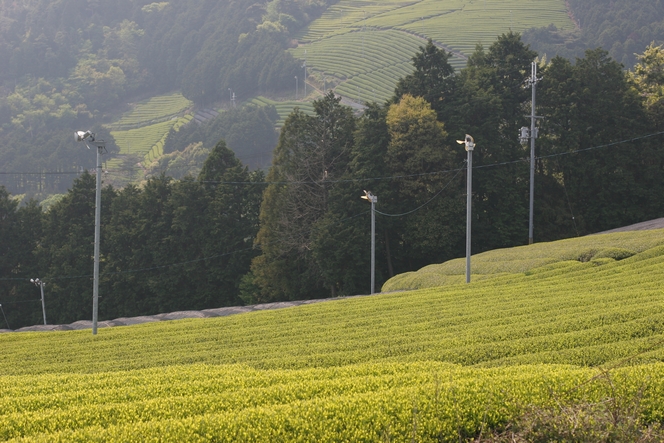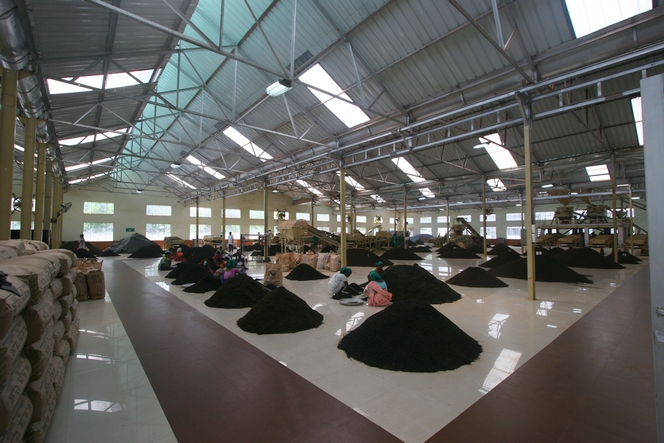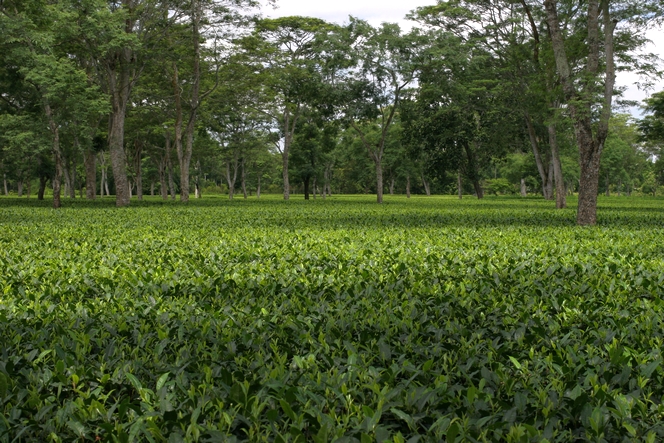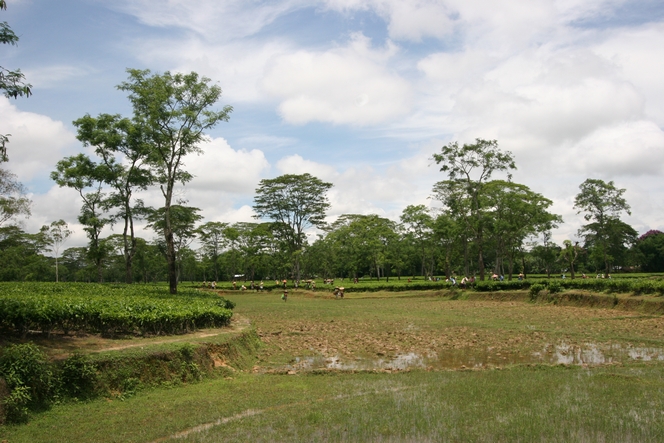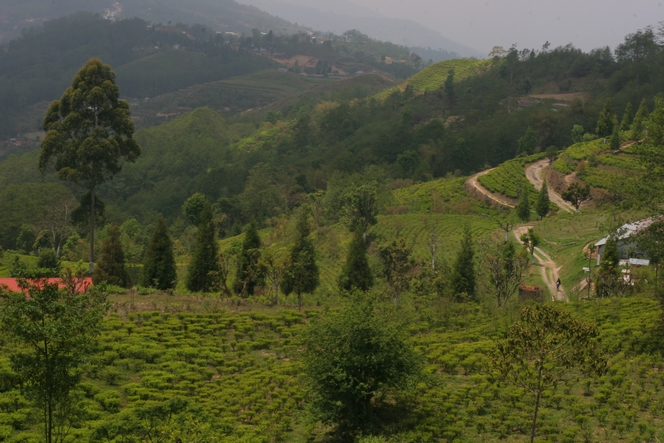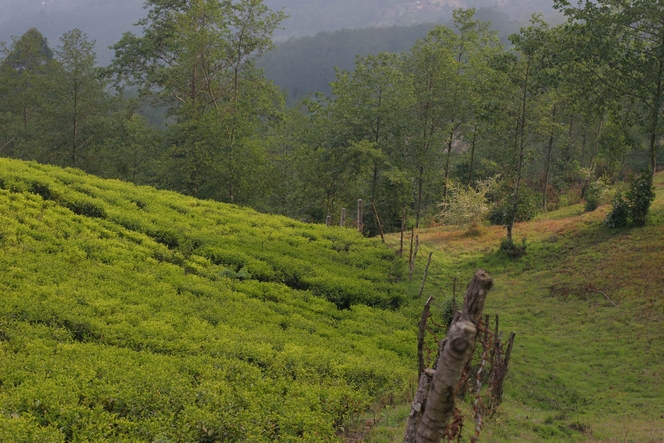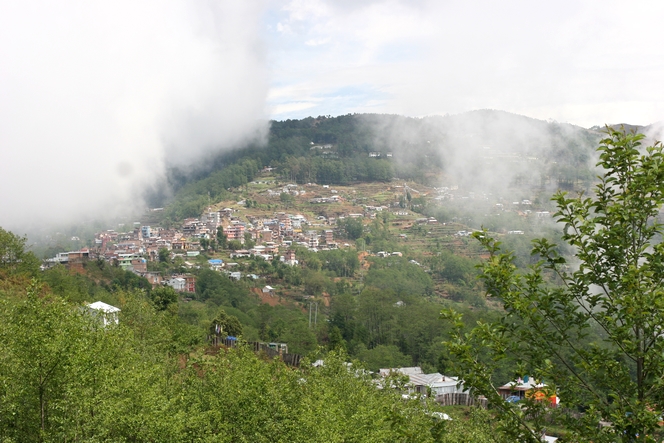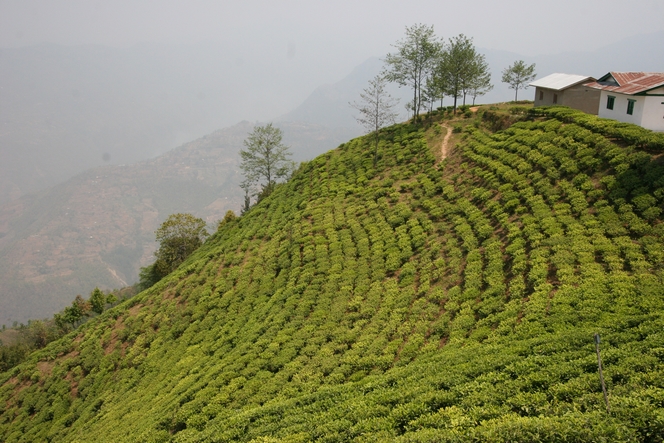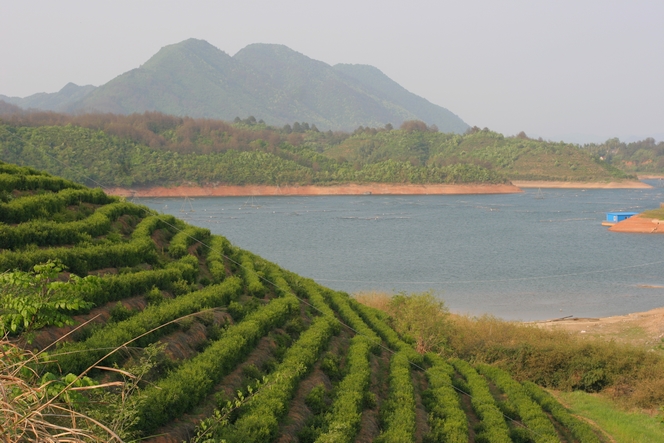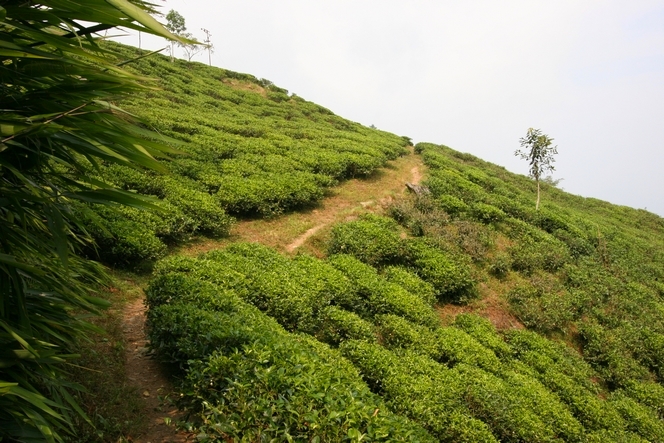I have chosen this photo of a lovely landscape, taken at Wasuka near Nara, to tell you that it would be a shame to miss out on the Japanese spring teas, the famous ichibancha, this year. Le Palais des Thés has sent all batches of its Japanese tea to be analysed by a laboratory, which will check whether their radioactivity levels comply with European standards. Only once we have received the results can we start distributing the teas to our various stores. In the stores, you will be able to ask to see the laboratory test results for the tea you want.
So you will be able to drink the best shinchas with complete peace of mind. Japanese farmers have suffered enormously this year due to the tsunami, and we must not abandon them, or their deliciously delicate teas!

